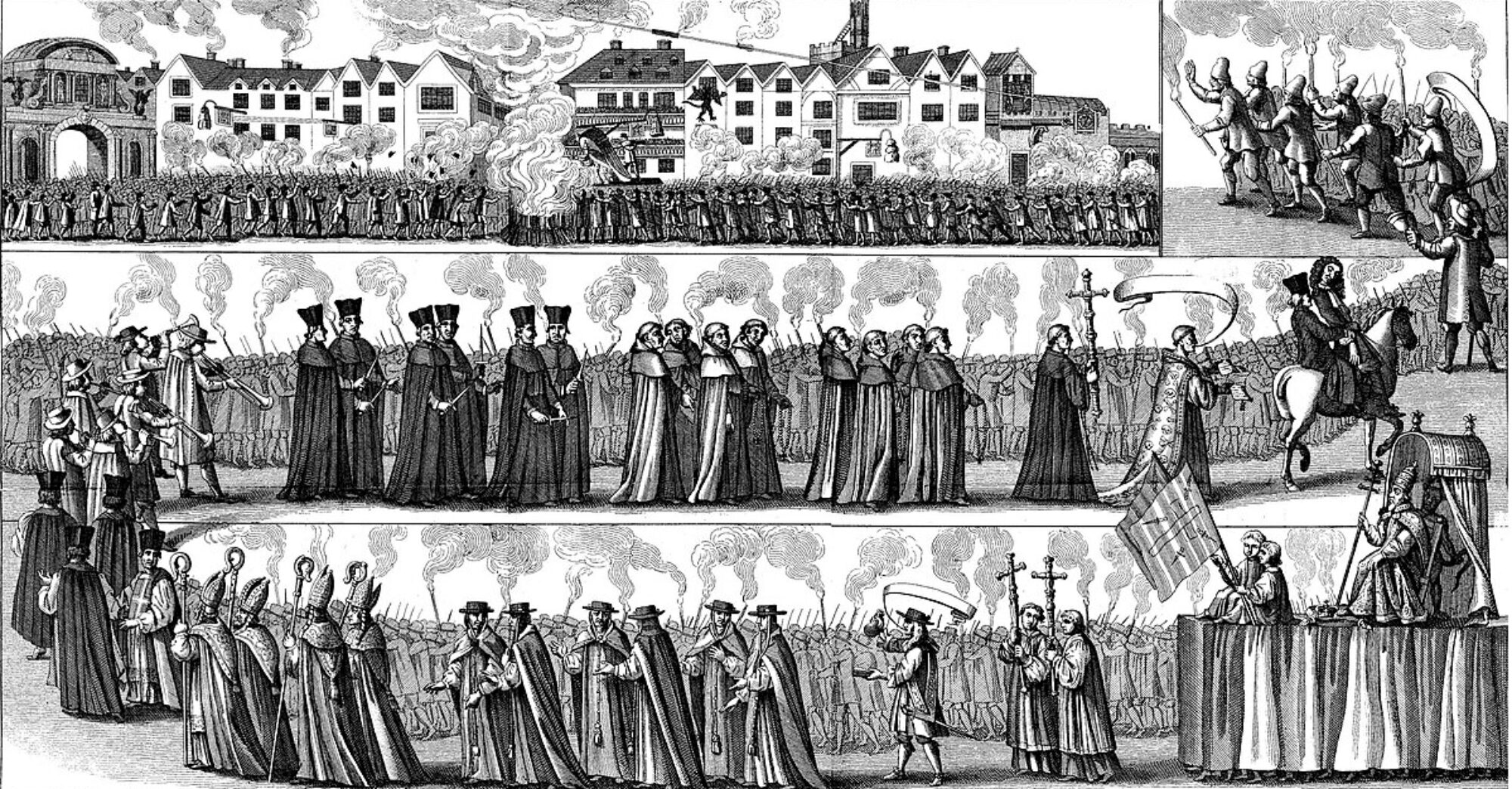QIP 2011 submissions due October 14, 2010, lah. (Dear readers from Singapore, is there a comma before “lah”?)
Not to be confused with the final sponge down.
===========================
QIP 2011 – Call for submissions
14th workshop on Quantum Information Processing
Tutorials January 8-9, NUS, Singapore
Workshop January 10-14, The Capella, Sentosa Singapore
Conference Website: http://qip2011.quantumlah.org
Paper Submission: http://www.easychair.org/conferences/?conf=qip2011
Quantum Information Processing (QIP) is a rapidly developing field of research spanning both physics and computer science. As the name implies, the field extends information processing (including computing and cryptography) to physical regimes where quantum effects become significant.
QIP 2011 is the fourteenth workshop on theoretical aspects of quantum computing, quantum cryptography, and quantum information theory in a series that started in Aarhus in 1998 and was held last year in Zurich. QIP 2011 will feature plenary talks (called invited talks at previous QIP workshops), featured papers (previously called long contributed talks), contributed papers, and a poster session.
Submissions of abstracts for contributed papers are sought in research areas related to quantum information science and quantum information processing. A small number of contributed paper submissions will be selected as featured papers. The submission to QIP should consist of 2-3 pages, containing a non-technical, clear and insightful description of the results and main ideas, their impact, and their importance to quantum information and computation. In addition, the submission should direct the reader to a technical version of the work (this should preferably be online but otherwise can be provided as an attachment). The submission should not consist of a compressed version of the technical exposition of the paper, but instead should facilitate the reading of the technical version and help the program committee assess its importance. In exceptional cases, submissions without technical versions may be accepted.
The 2-3 page abstracts of the accepted contributed papers and featured papers will be posted on the QIP 2011 website. More details will be provided in the acceptance notices.
Submission deadlines
Contributed papers: October 14
Posters: December 1
Notifications of acceptance
Contributed talks: November 17
Posters submitted by November 10: November 17
Posters submitted after November 10: December 8
Programme Committee:
Andris AMBAINIS (University of Latvia)
Steve BARTLETT (University of Sydney)
Sergey BRAVYI (IBM)
Wim van DAM (UC Santa Barbara)
Daniel GOTTESMAN (Perimeter Institute) (chair)
Pawel HORODECKI (Gdansk University of Technology)
Iordanis KERENIDIS (Universite Paris-Sud)
Hirotada KOBAYASHI (National Institute of Informatics)
Robert KOENIG (Caltech)
Barbara KRAUS (University of Innsbruck)
Mio MURAO (University of Tokyo)
Peter SHOR (MIT)
Graeme SMITH (IBM)
Frank VERSTRAETE (University of Vienna)
Michael WOLF (Niels Bohr Institute)
Steering Committee:
Dorit AHARONOV (Hebrew University of Jerusalem)
Ignacio CIRAC (MPQ, Garching)
Eddie FARHI (MIT)
Renato RENNER (ETH Zurich)
Louis SALVAIL (Universite de Montreal)
Barbara M. TERHAL (IBM T J Watson)
John WATROUS (University of Waterloo)
Andreas WINTER (University of Bristol / CQT, NUS) (chair)
Andrew Chi-Chih YAO (Tsinghua University)
Local Organisers:
Cedric BENY (Poster Session)
Rahul JAIN (Local Arrangement and Social Events)
Hartmut KLAUCK (Tutorials)
KWEK Leong Chuan (Sponsorship)
Darwin GOSAL (Webmaster)
Markus GRASSL (Outreach and Publicity)
Ethan LIM (Webmaster)
Tomasz PATEREK (Rump Session)
Stephanie WEHNER
Andreas WINTER (Coordinator)
Miklos SANTHA (Advisor)


